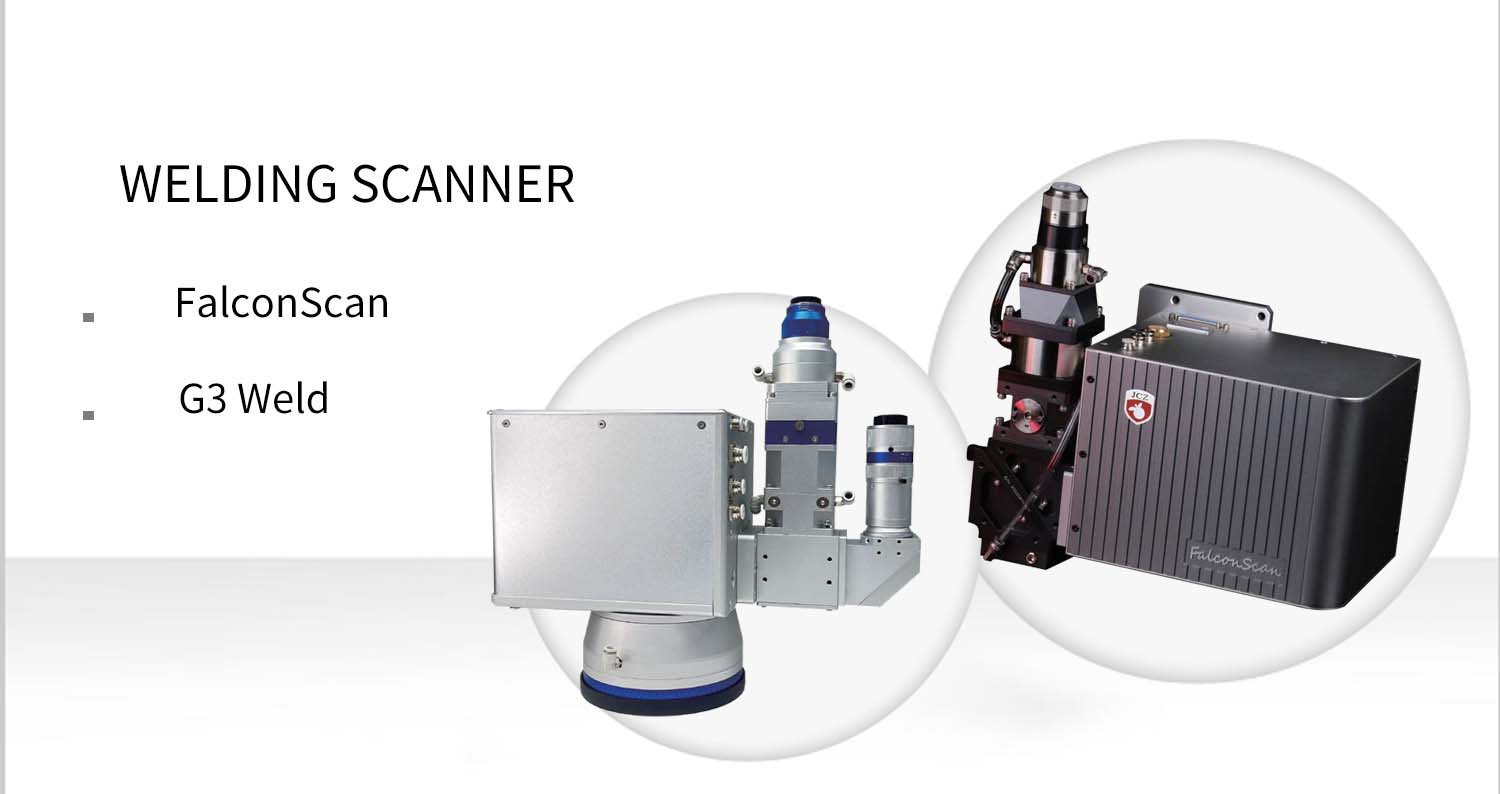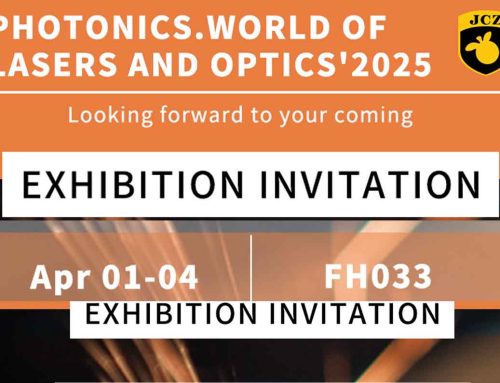
● Full digital grating feedback galvanometer
● Real-time position feedback (using JCZ welding control card)
● 21Bits super high position resolution
● Withstand laser power 6000W
● Water cooling + air cooling multiple guarantees
● Perfect safety working mechanism, stable and reliable work
● Modular design, can be combined freely according to needs
Currently, FalconScan-30 offers multiple tuning modes: such as Precision Mode, General Mode, and Vector Mode. Precision Mode focuses on dynamic timing (small vectors, multiple jumps), while Vector Mode emphasizes processing speed (long vectors, fewer jumps).
The tuning range is extensive, and the tuning modes are flexible. The optimal tuning parameters depend on the specific industry application!

● High stability, high precision
● Maximum withstand laser power 3KW
● Modular design, flexible and rich welding functions
● can be freely combined according to request(with JCZ welding system)
Galvo welding system
The Galvo Welding System is a control system developed independently by JCZ specifically for the field of laser welding. This system is based on mature mirror and laser control platforms, supporting most high-power lasers available on the market. It enables auxiliary positioning based on CCD machine vision and can be expanded with motion control cards for multi-axis control, facilitating the integration of various forms of automatic welding equipment. Additionally, it can be customized to develop various data interfaces with third-party machine vision systems, motion control systems, PLC systems, and management databases.

Combining galvo control, laser control, axis control, vision, and peripheral control into one system, this software covers the basic requirements of welding applications comprehensively.
The welding application industry
Lithium battery
In the manufacturing process of lithium batteries and battery packs for new energy vehicles, there are over 20 processes that require welding to achieve electrical connection or sealing.
Compared to traditional methods such as argon arc welding and resistance welding, laser welding offers significant advantages such as a small heat-affected zone, non-contact processing, and high processing efficiency. It can achieve excellent welding results with different materials. Laser welding has become an indispensable standard process in the production of power batteries and is now widely used for welding terminals, cell casings, sealing pins, flexible connections, explosion-proof valves, battery modules, and other components.

Busbar welding
Energy storage battery module busbar welding project: The battery module is on the lower conveyor line, with the mirror and camera mounted at the end of a six-degree-of-freedom robotic arm.
The robotic arm moves the mirror to different workstations. The welding software communicates via serial port to obtain multiple sets of visual positioning results from the preceding processes. It adjusts the position based on the drawings and then controls the 4000W continuous laser to weld the busbars.

FPC welding
Power battery module FPC welding project:
Automated height adjustment for welding is achieved through a rangefinder. A peripheral camera is controlled for visual positioning to determine the location of welding points. A Mopa laser is controlled to perform spiral spot welding.

Explosion-proof valve pre-positioning welding
Spiral line welding of explosion-proof valves for new energy battery using QCW laser, with visual positioning and welding application.

Pole cleaning
Square battery module pole cleaning project.
The PLC is the main control unit, which controls the start-up device to tighten the battery module after feeding. The PLC controls the movement of the guide rail, performs visual positioning photography, and then sends the visual positioning data to the laser cleaning unit for position correction through Modbus communication. Four poles are cleaned at once. After the pole cleaning is completed, the conveyor belt transports the battery module to the welding station.

Automotive Industry – Hairpin Motors

Hairpin Motor Welding
Visual recognition of copper wire gap and misalignment
Classification and grading to call different welding processes
Adjustment of different process parameters
Including welding power fluctuation parameters, etc.
Small commodity welding

Welding of copper crafts using G3-WELD, with simultaneous welding using both a mirror system and six welding heads.
3C electronics
Metal welding of electronic device housings
Plastic welding of electronic products
Flexible configuration of software wobble for process advantages
Flexible production advantages of node editing






